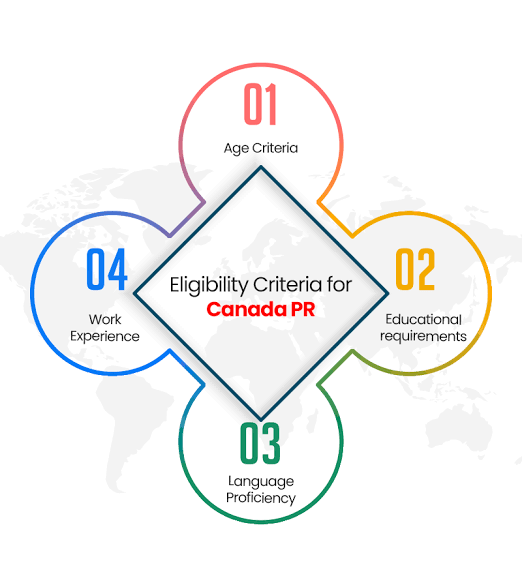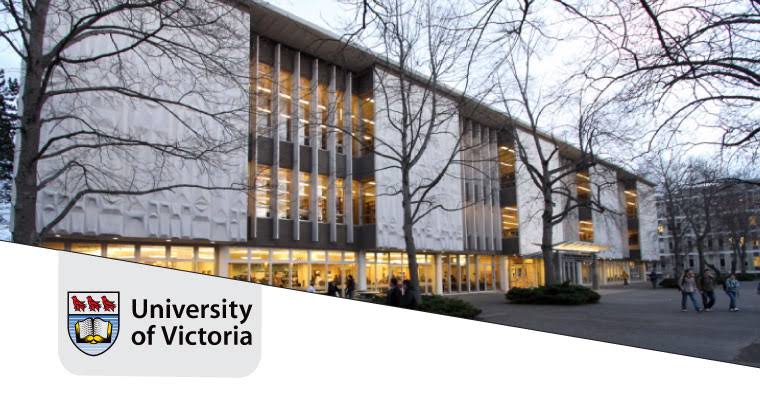Canadian permanent residence is a coveted status that allows individuals to live, work, and study in Canada indefinitely, with many of the same rights as citizens, except for voting and holding a Canadian passport. As of July 2025, the demand for permanent residency remains high due to Canada’s strong economy, inclusive policies, quality healthcare, and world-class education system. Obtaining permanent residence can be a complex process, but with the right knowledge and preparation, it becomes significantly more manageable.
There are various immigration streams and pathways that lead to permanent residency, each tailored to different qualifications and individual goals. Choosing the most appropriate program is the first crucial step. The selection often depends on one’s skills, work experience, language proficiency, family ties in Canada, or intentions to invest or study.
Popular Pathways to Canadian Permanent Residence
- Express Entry System
The Express Entry system is one of the fastest and most popular routes to permanent residency. It manages applications for three key programs: the Federal Skilled Worker Program (FSWP), Federal Skilled Trades Program (FSTP), and Canadian Experience Class (CEC). Applicants are ranked using the Comprehensive Ranking System (CRS), which awards points based on age, education, language ability, and work experience. Candidates who meet the eligibility criteria must create an online profile. They are then entered into a pool where the highest-ranking applicants are invited to apply through regular draws. If selected, they typically receive their permanent residency within six months of submitting a complete application. - Provincial Nominee Programs (PNP)
Canada’s provinces and territories (excluding Quebec and Nunavut) operate their own nominee programs, allowing them to select immigrants that meet their local labor market needs. Each province has specific streams under its PNP, targeting skilled workers, semi-skilled workers, business owners, or international graduates. Individuals can either apply directly to a province or be invited through Express Entry-linked PNP streams. A provincial nomination adds 600 points to an applicant’s CRS score, virtually guaranteeing an invitation to apply for permanent residence. - Family Sponsorship
Canadian citizens and permanent residents can sponsor certain family members to become permanent residents. Eligible relationships include spouses, common-law partners, dependent children, parents, and grandparents. In some cases, other relatives may be eligible under special circumstances. Sponsors must meet specific income requirements and commit to supporting the family member financially for a period of time. The process can vary in length depending on the type of sponsorship and where the sponsored person resides. - Start-Up Visa and Business Immigration
Entrepreneurs who can build innovative businesses that create jobs for Canadians may qualify for permanent residence under the Start-Up Visa Program. To be eligible, applicants must have a qualifying business, secure support from a designated organization, and meet language and settlement fund requirements. Some provinces also have entrepreneur streams under their PNPs, which offer a pathway to permanent residence through the establishment and operation of a business in that province. - Atlantic Immigration Program (AIP)
Designed to address labor shortages in Canada’s Atlantic provinces (Nova Scotia, New Brunswick, Prince Edward Island, and Newfoundland and Labrador), this program allows employers to hire foreign workers for jobs they can’t fill locally. Applicants must receive a job offer from a designated employer and meet educational, language, and settlement requirements.
The General Steps for Applying
Regardless of the pathway chosen, the general process for obtaining Canadian permanent residence includes the following steps:
- Determine Eligibility
Use the official Canadian government website to assess eligibility. This includes checking program-specific criteria such as work experience, language ability (IELTS, TEF, etc.), and education credentials. - Gather Documents
Required documents may include proof of identity (passports), educational assessments (ECA), language test results, police certificates, medical exams, and proof of funds. - Submit Application
Applications are submitted either through the Express Entry portal or the respective provincial/federal immigration site. Accuracy and completeness are vital to avoid delays or rejection. - Wait for a Decision
Processing times vary depending on the program and volume of applications. Applicants can check status updates online. - Receive Confirmation of Permanent Residence (COPR)
If approved, applicants receive a COPR document. They must then either finalize their landing in Canada (if outside the country) or confirm their new status if already within Canada.
Post-Approval Steps
Once granted permanent residence, new residents must meet certain obligations. These include:
- Residency Obligation: Permanent residents must spend at least 730 days (2 years) in Canada within every 5-year period to maintain their status.
- Permanent Resident Card: This card serves as proof of status and is required for travel. It must be renewed every five years.
- Pathway to Citizenship: After meeting residency and language requirements, permanent residents can apply for Canadian citizenship, typically after three years of physical presence.
Challenges and Considerations
The process can be competitive and document-intensive. Applicants must be meticulous in gathering and presenting evidence. Language tests and education credential assessments often require early planning. Moreover, changes in immigration policies or point thresholds can affect eligibility and success rates.
It’s advisable to stay updated through official sources or consult a certified immigration consultant or lawyer to improve the chances of a successful outcome.
Conclusion
Obtaining Canadian permanent residence opens the door to a wealth of opportunities, from career advancement to family reunification and access to a high standard of living. Although the journey may involve several steps, careful planning, documentation, and program selection can greatly increase the likelihood of success. Whether through Express Entry, PNPs, family sponsorship, or business immigration, Canada continues to welcome immigrants as a vital part of its future.



